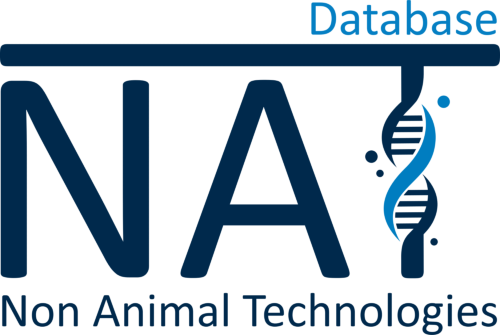Human liver organoids to study HBV infection and hepatocellular carcinoma
2021
Erasmus University Medical Center, Rotterdam, Netherlands
The molecular mechanisms driving transformation and tumour formation by hepatitis B virus (HBV) are largely unclear due to the lack of a suitable model system. Here, the researchers propose the use of human liver organoids as a platform to model HBV infection and tumour formation. A primary ex vivo HBV infection model was developed by obtaining liver organoids after infection with HBV or HBV-infected serum. Infected organoids showed HBV-specific markers and produced infectious HBV. This platform enables anti-HBV drug screening and toxicity testing.
In addition, HBV replication was examined in organoids that overexpressed the HBV receptor NTCP. These showed no increased susceptibility to HBV, indicating additional host factors. In addition, organoids with integrated HBV were generated for long-term culture and the study of HBV transcription.
Another part of the study was the generation of HBV-infected liver organoids from non-tumour cirrhotic tissue from liver transplant patients. Transcriptomic analyses revealed an aberrant cancer gene signature that could potentially provide new biomarkers for HCC development and surveillance in HBV-infected patients.
Application of human liver organoids as a patient-derived primary model for HBV infection and related hepatocellular carcinoma
Tokameh Mahmoudi
Added on: 09-05-2023
[1] https://elifesciences.org/articles/60747#s4





